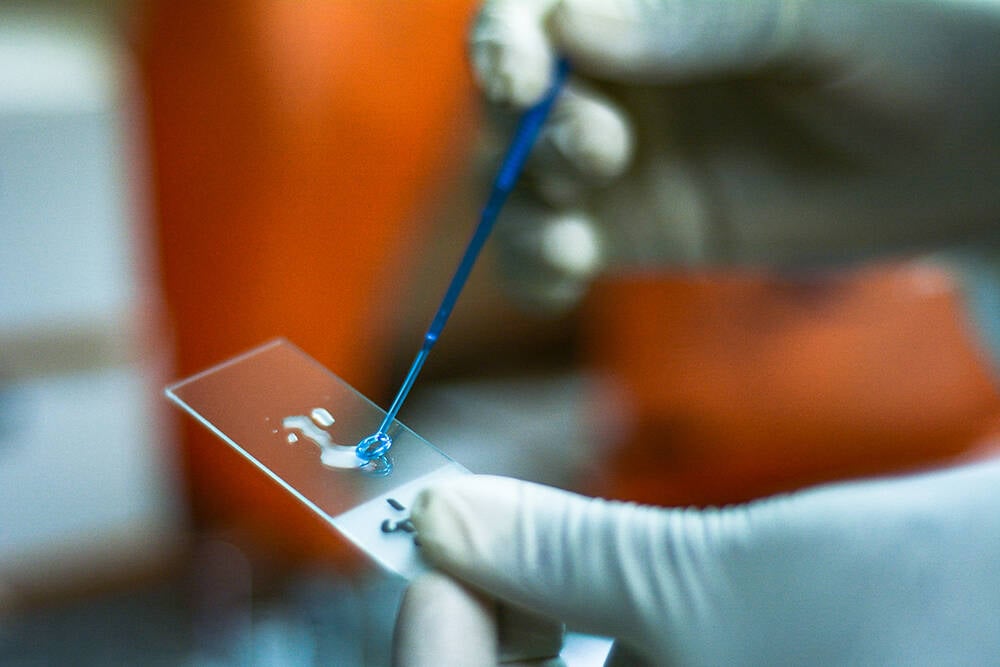The EDCTP2-funded UNIVERSAL project, coordinated by PENTA, is developing new treatment options specifically designed for children, for initial therapy and when treatments start to fail because of the development of resistance.
Antiretroviral treatments are typically tablets suitable for adults or bitter-tasting syrups, neither of which is ideal for children. The UNIVERSAL team has been developing a child-friendly formulation of darunavir/tonavir, to be used when children are no longer responding to first-line therapy based on dolutegravir. Although a highly effective anti-HIV medication, there are alarming signs that the virus is becoming resistant to this widely used drug.
The team used experimental and modelling approaches to determine the optimal dosing of darunavir/ritonavir for children. In 2024, this crucial information was presented to the US Food and Drug Administration (FDA), to enable it to assess new child-friendly formulations developed by manufacturers. For example, later in 2024, Laurus Labs submitted an application to the FDA for approval of a paediatric darunavir/ritonavir formulation.
Meanwhile, alternative first-line treatments for children are still needed. In 2024, the project team began recruiting to the UNIVERSAL 1 trial, which is evaluating a fixed-dose combination suitable for babies and children up to the age of 10 of a new combination – dolutegravir, emtricitabine and TAF – that is already being used in adults.

scroll down
Although cases of mother-to-child transmission of HIV are falling, more children are gaining access to HIV care, leading to increasing demand for child-friendly versions of key antiretroviral treatments. In addition, as treatment is lifelong, growing numbers of infections in children are developing resistance to commonly used drugs, emphasising the need for safe and effective alternatives.
The CHAPAS collaboration has conducted multiple key studies of HIV treatments for children. The CHAPAS-4 study evaluated potential second-line options for children who are no longer responding to standard treatment. It used an innovative trial design to assess the safety and efficacy of multiple different components of antiretroviral treatments, which are typically cocktails of three drugs – two ‘backbone’ drugs and an ‘anchor’ drug from a different class.
The CHAPAS-4 study, which recruited almost 1000 children aged 3–15 years in Uganda, Zambia and Zimbabwe, identified that backbone combinations containing tenofovir alafenamide (TAF) provided the best clinical outcomes, while dolutegravir was the best-performing anchor drug. Other options also achieved good clinical outcomes and were possible alternatives. TAF and dolutegravir are also less expensive than other options. The results provide robust evidence to back up WHO recommendations on second-line treatments for children with HIV.
Two EDCTP2-funded projects have provided key data to guide the choice of first-line and second-line drugs for children with HIV.

Better HIV treatments for children